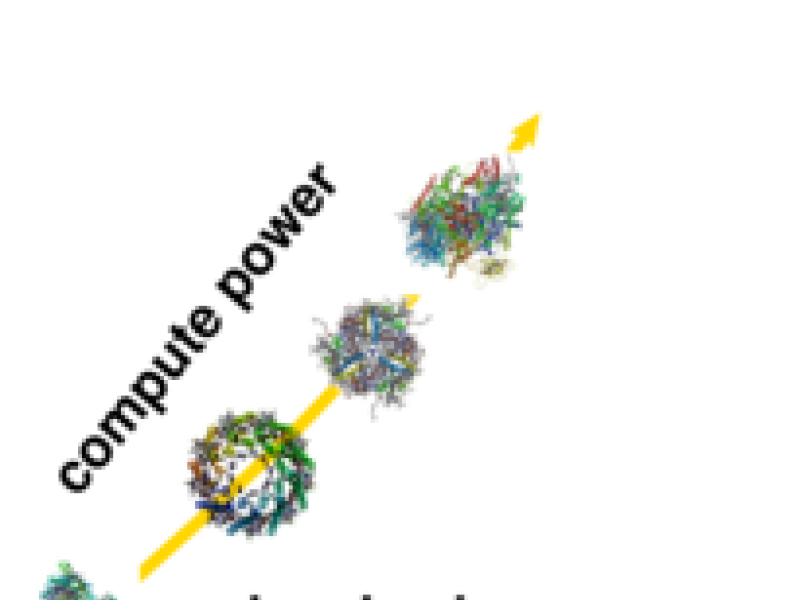Photosynthesis fuels life on Earth by converting incoming solar radiation into chemical energy.
Different strategies emerged during the evolution of natural photosynthesis to collect light in antenna systems and to guide it into the reaction center.
Recent pulsed-laser experiments on parts of photosynthetic complexes reveal a time-resolved picture of the energy transport.
The presence of coherent osciullations in the dynamics of the energy transfer suggests that classical transport models need to be revised to take quantum mechanical effects into account, which do assist the transport.
The better understanding of quantum effects on the transfer through molecular networks at ambient room temperature will help to optimize light emitting OLEDs and organic photovoltaics.
The physical simulation of energy pathways requires to design new scalable algorithms for current and future many-core supercomputers.
The combined expertise of computer scientists and physicists at ZIB allows us to remove obstacles for efficient computations during the development of new tools and to explore and develop novel parallelization schemes across future processor architectures.
The resulting techniques will be integrated into the publicly available exciton dynamics simulation toolbox available at nanoHUB.
